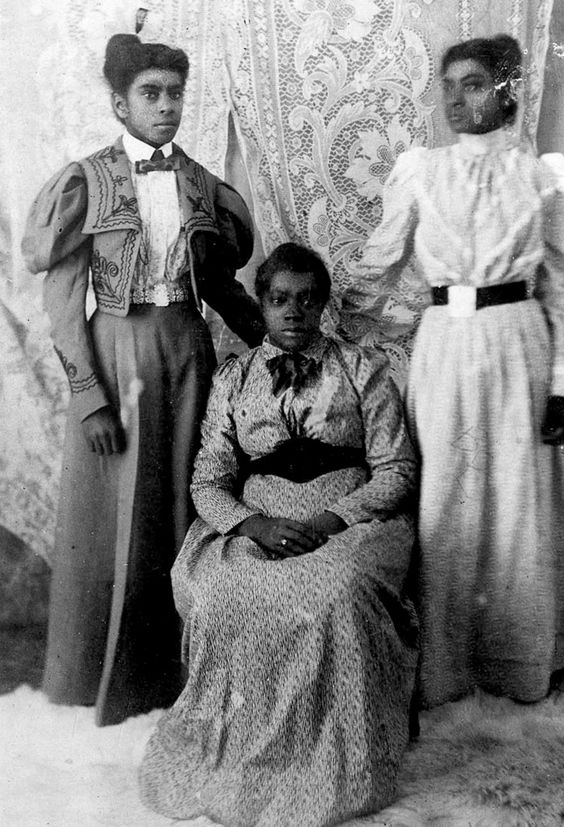Difference between revisions of "Martha Ann Jane Stevens Perkins Howell"
m |
m |
||
| Line 26: | Line 26: | ||
[[Category: African Americans and Church History]] | [[Category: African Americans and Church History]] | ||
[[Category: Mormon Pioneers]] | [[Category: Mormon Pioneers]] | ||
| + | [[Category: Mormon Life and Culture]] | ||
Revision as of 12:43, 11 January 2017
Martha Ann Jane Stevens Perkins Howell was born on 28 January 1875 in Union, Salt Lake County, Utah. She was the daughter of George Washington Stevens (1838 – 1930) and Lucinda Vilate Flake Stevens (1854 – 1937) and was named after her maternal grandmother, Martha Vilate Crosby Flake, who had been a slave during the Mormon migration to the West. Her maternal grandfather was Green Flake, also born a slave, who was in the Vanguard Company for the Mormon pioneers. Her spouse was Sylvester Perkins (4 July 1868 – 9 March 1934).
Contents
Ancestral Roots and Marriage
On 11 October 1899, Martha and Sylvester celebrated a double wedding with Louis Leggroan and Nettie James, granddaughter of Jane Manning and Isaac James. Sylvester’s family was also present. Sylvester Perkins was the brother of Jane James’s daughter-in-law and the son of Franklin Perkins, who had been briefly married to Jane James herself.
Having been born just ten years after the Civil War ended, Martha had a profound passion for literacy and how it would empower her family. She required her children to visit the library weekly and help their illiterate father learn to read. She and Sylvester owned a large farm in the Millcreek area of Salt Lake City.
Remaining True to the Faith
Martha’s mother, Lucinda, became inactive in the Church after members in Idaho Falls, Idaho, declared that they would not attend services if a Black person were present in the congregation. However, Martha remained a faithful member throughout her life even though she lived during the time when Black males were denied the priesthood and could not receive temple ordinances. Although the Church did not segregate its congregations, the policy implied differentiation between the races. This distinction was based on the rationale that blacks had either been cursed as descendants of Cain and Ham or had been “less valiant” than whites in a premortal life, thus making themselves unworthy of the priesthood in mortal lives.
Remarriage and Mission Trip
On 9 March 1934, Martha became a widow. She married Abner Howell in 1945. He was the son of Paul Cephas Howell, Utah’s first Black policeman. Being acquainted with many of the Church leaders, his connections provided some social stature for Martha. The couple was asked to go on a mission trip to the southern states to investigate the possibility of establishing Black congregations there. LeGrand Richards provided a letter for them to present to bishops of any congregation they visited, asking that every courtesy be extended to them. No Black congregations were formed, but Martha had the opportunity to visit the Mormon settlement in Nauvoo, Illinois, where her grandfather Green Flake had once lived.
Martha’s daughter, Mary Lucile Perkins Bankhead, became the first president of the Genesis Group’s women’s organization, the Relief Society. The Genesis Group was established in 1971 to help support Black Mormons who were living under the priesthood restriction.
Martha Ann Jane Stevens Perkins Howell died on 10 May 1954, one week to the day before the Supreme Court announced its decision outlawing segregated schools in Brown v. The Board of Education. She is buried in the Elysian Gardens Cemetery in Salt Lake City, Utah.
